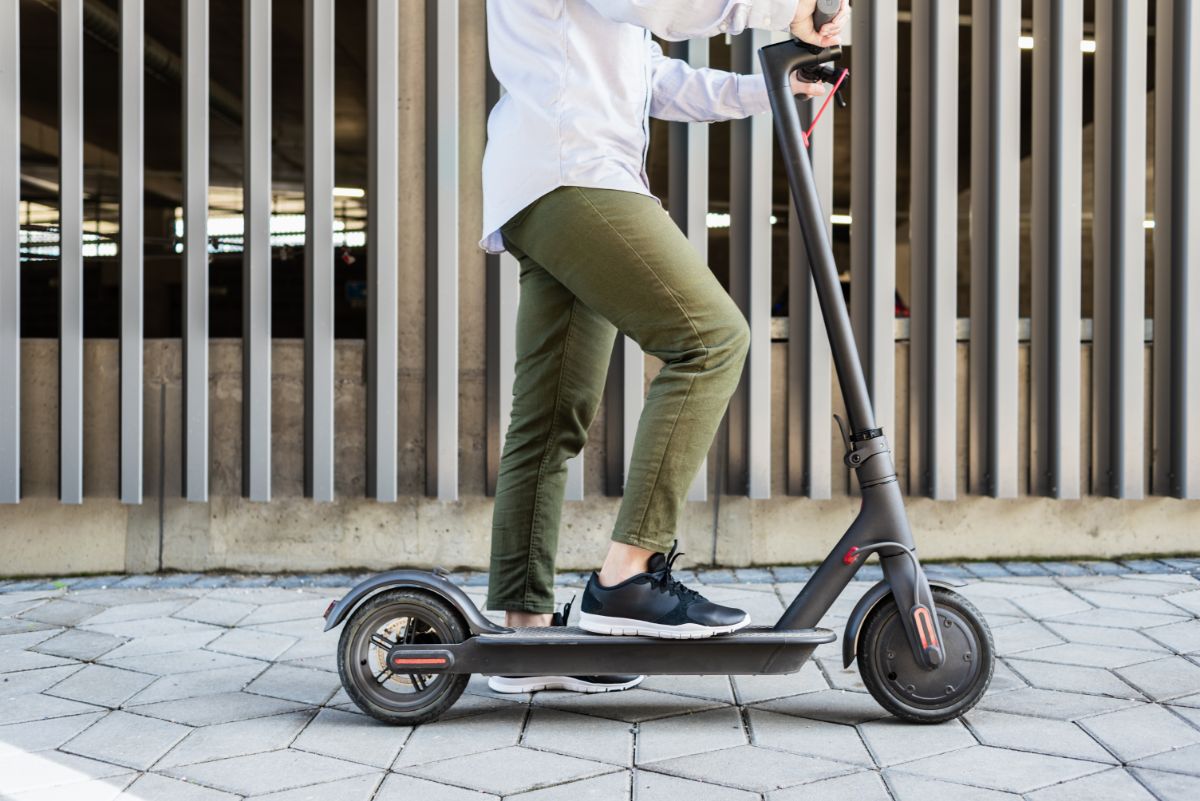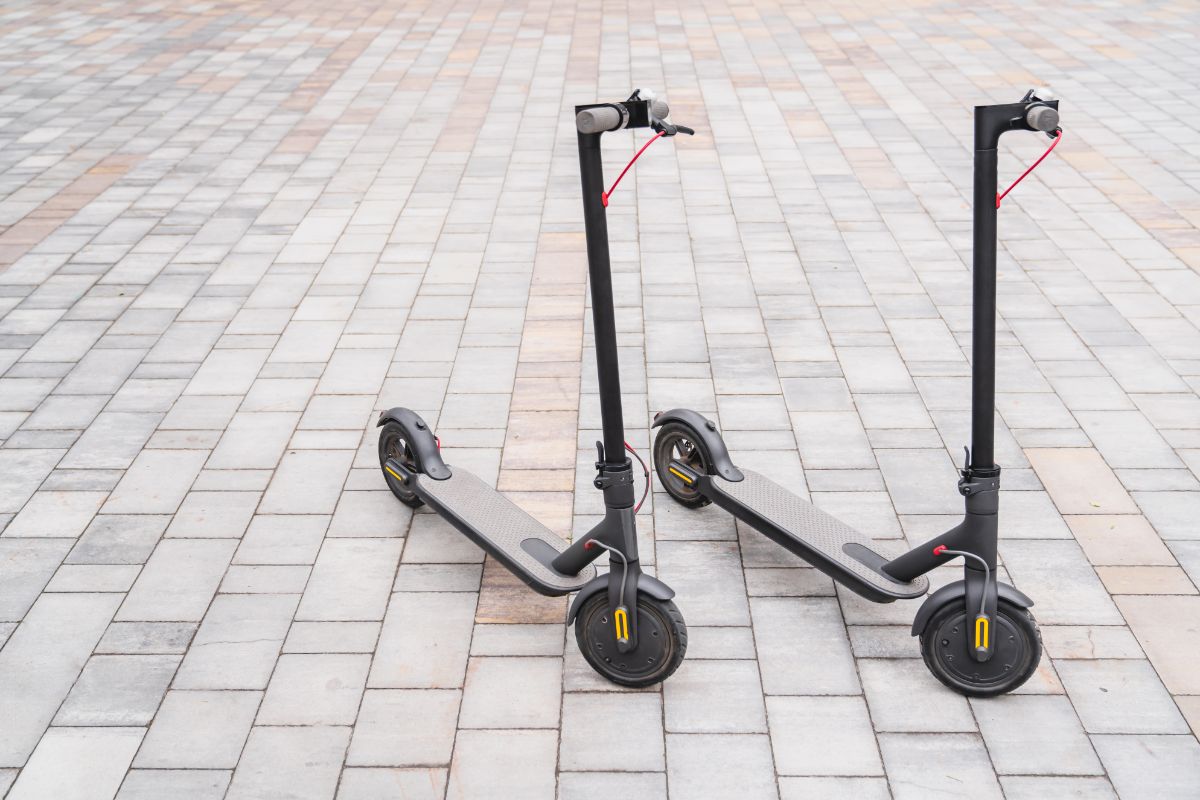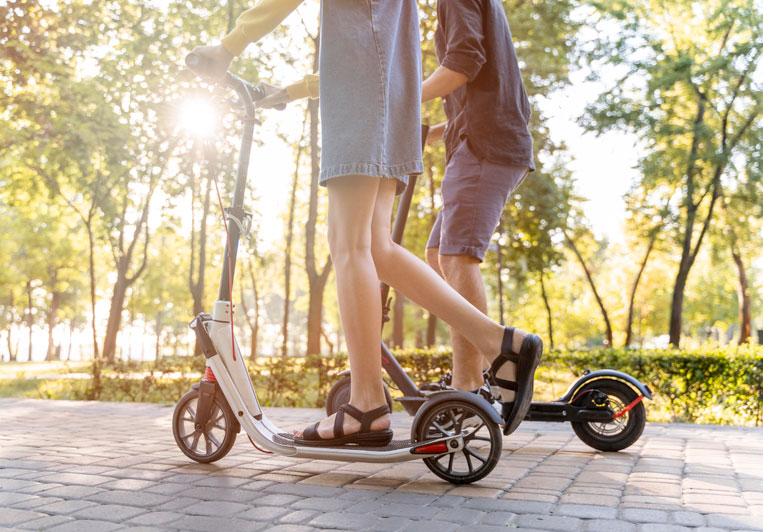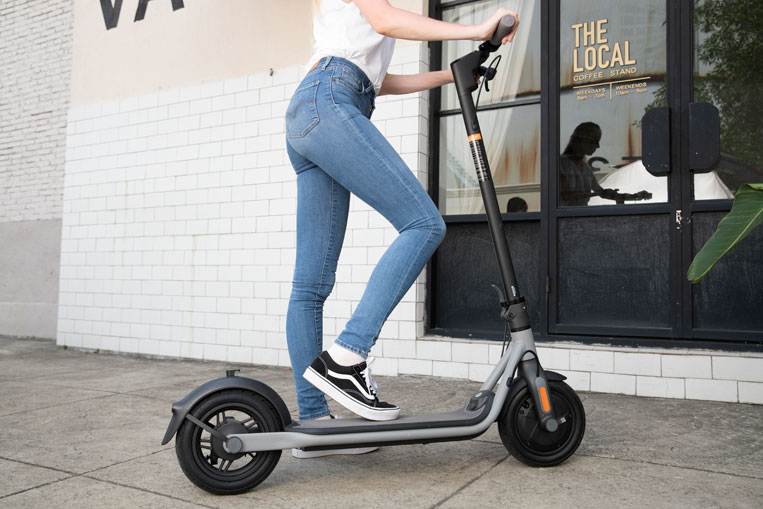Are electric scooters cost-efficient?
- Electric Scooters vs Gas-Powered Vehicles
- Electric Scooters vs Public Transportation
Electric scooters in the Philippines are here to stay and revolutionize the urban transport scene. What began as a leisure transport option has transformed into a top solution for sustainable mobility. Improvements in safety and convenience have made electric scooters an even more popular alternative to gas-powered vehicles and public transport. But the question that most interested buyers have in mind is, “Are electric scooters cost-efficient?”. The answer to this is yes. But if you’re still in the fence about buying an electric scooter due to budget concerns, continue reading on!
In this article, we discuss the true cost of owning an e-scooter. You will understand how much money you can save since e-scooters are significantly cheaper when it comes to retail price, maintenance, and more. But before that, let’s discuss what an electric scooter is.
What is an Electric Scooter?
An electric scooter, popularly known as an e-scooter, is one of the most revolutionized modes of transportation today. This type of vehicle is battery-powered and ridden standing up. It consists of a footboard that is mounted on two wheels with a long steering handle in front. The battery of an electric scooter is stored on the footboard.
Electric scooters are comfortable to ride, easy to store, and have a long range that is ideal for city commuters. For further reading, you may check out our guide on the top benefits of an electric scooter.
The most common alternative to using an electric scooter are public transportation and gas-powered vehicles. For this article, we’ll compare how cost-efficient electric scooters are than these.
Electric Scooters vs Gas-Powered Vehicles

Upfront Cost
The first thing to talk about when comparing the cost efficiency of electric scooters and gas-powered vehicles is the upfront cost. When you’re buying a car here in the Philippines, it is not a surprise to pay around 1 million to 2 million pesos. That’s a lot of money. This is why many people find it challenging to save up to buy their own car.
For an electric scooter, you can expect to pay starting from 19,000 only. This means, you immediately save when you buy an electric scooter.
Price Per Charge
When you look at the price per charge of an electric scooter vs a gas-powered vehicle, the electric scooter holds a clear advantage.
To calculate how much the price of charging an electric scooter is, you first need to find out its consumption. This can be calculated by multiplying the battery capacity (mAh) by the voltage (V). Afterward, just divide the result of that multiplication by 1 million to convert to kWh. Then, grab the number and multiply it by the average price of a kWh in your home.
Take the Ninebot Segway Kickscooter ES2, which is an affordable electric scooter in the Philippines, as an example. For example, the consumption of the Ninebot Segway Kickscooter ES2 with a 5200 mAh and 36V battery is 0.187 kWh.
The average price per kilowatt-hour (kWh) in the Philippines is 8.24 pesos. This is the measure of energy used to charge your e-scooter at home. With a simple multiplication, you can already calculate how much it costs to charge this electric scooter per hour: Approximately 1.54 pesos.
Simply put, you only have to pay 1.54 to charge your battery. Go to your nearest local gas station with 1.54 pesos and see how much gas you can get! With the continuously rising gas prices, it is truly more cost-efficient to buy an electric scooter.
Costs of Maintenance
With a gas-powered vehicle, you will have to change the oil, replace the tires, spend on car wash, and pay for fuel as well. All these maintenance costs can quickly add up for those who want their vehicles to function optimally. It’s not surprising to get a bill of about 90,000 to 100,000 for annual car maintenance in the Philippines.
Electric scooters are incredibly low maintenance. All you really need to do for maintenance is lubricate the moving parts, check the brakes and cables, maintain the tires, and charge the battery. Simply put, the cost of maintenance on an e-scooter is much lower.
Parking Fee
Here in the Philippines, you often have to pay for parking — whether you plan to park at a mall, office, hotel, or restaurant. The average fee for parking in the Philippines is 30 pesos for the first 3 hours. For a standard 40-hour workweek, that’s an additional of about 400 in your expenses.
Fortunately, most electric scooters are foldable. These can be easily carried and stored, so you don’t have to worry about parking fees.
Electric Scooters vs Public Transportation

Cost
The cost associated with public transportation revolves around paying for a one-way ride.
- Bus – Depending on how far your ride is, the one-way price for a bus ride in the Philippines can range from about 20 to 60 pesos.
- Taxi / Ride Hailing – Taking a taxi or ride hailing in the Philippines can easily cost anywhere from 250 to 500 pesos. This amount can increase during rush hour.
- Electric Scooter – As said earlier, with an electric scooter, it costs 1.54 pesos to charge an electric scooter. For a 6-hour charge to reach about 40 miles, you only pay 9.24 pesos.
Key Takeaway
If you’re still wondering “Are electric scooters cost-efficient?”, the answer is absolutely. Electric scooters offer a more affordable transport option than public transportation and gas-powered vehicles. For those who need daily rides for school, work, and errands, electric scooters are especially beneficial and cost-saving!
To get the best electric scooter scooter in the Philippines, check out the Simply Moving product catalog of Ninebot Segway electric scooters. You may also contact us for other concerns.



